T. Thomas Fortune Cultural Center
Introduction
Text-to-speech Audio
Images
T. Thomas Fortune House
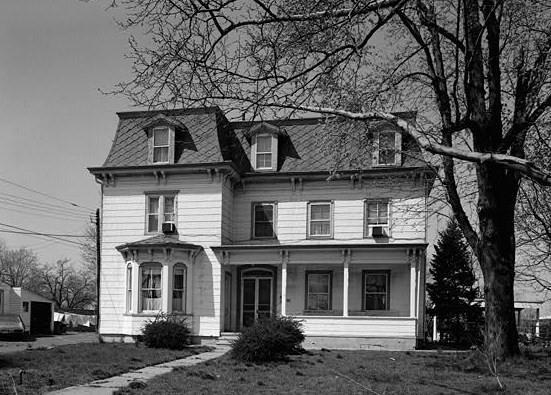
T. Thomas Fortune, the Afro-American Agitator: A Collection of Writings, 1880-1928, edited by Shawn Leigh Alexander.
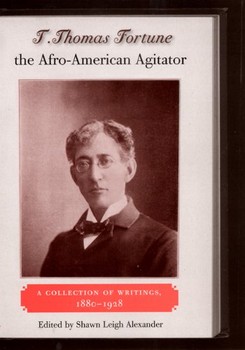
Signed Photo
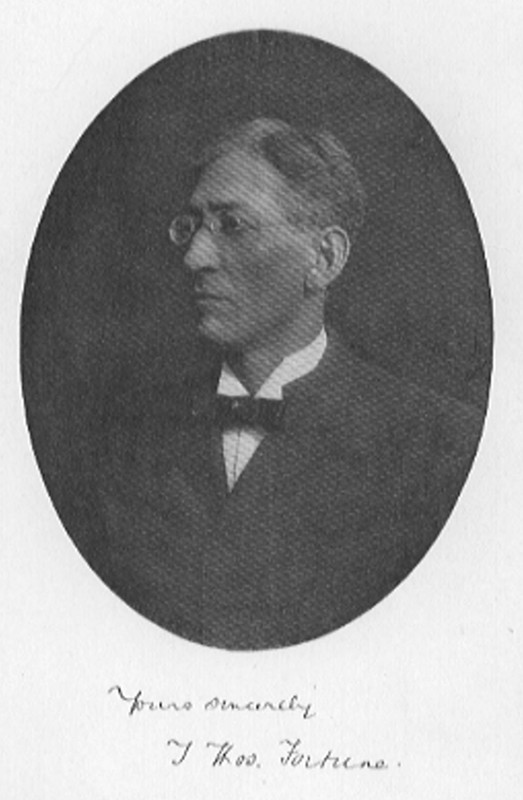
View of the House in 2016
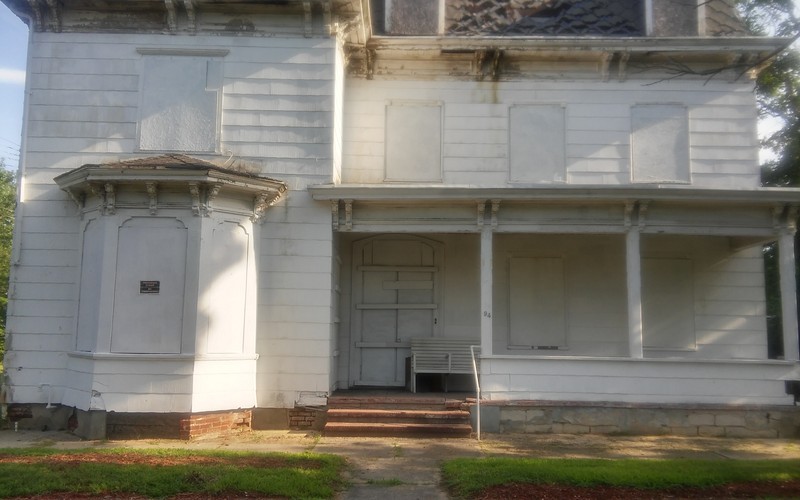
Rendering of The House

After War Times An African American Childhood in Reconstruction-Era Florida by T. Thomas Fortune Edited by Daniel R. Weinfeld
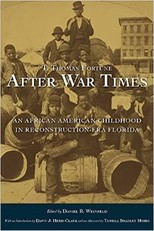
The Jackson County War Reconstruction and Resistance in Post-Civil War Florida by Daniel R. Weinfeld


Backstory and Context
Text-to-speech Audio
Fortune was born into slavery in 1856. As a young man living in the South following the Civil War, he worked in a variety of print shops. He moved north in 1874 and used this experience--as well as the skills he acquired during his short time as a student at Howard University--to become a reporter for a number of African American newspapers.
Fortune rose to become the leading African American journalist of the late 19th and early 20th century. Under his editorial direction, the New York Age paper became the nation's most influential Black newspaper. Fortune spent most of his days writing, used his newspaper as a platform to protest discrimination, lynching, mob violence, and disenfranchisement. He also maintained an active correspondence with Black leaders around the United States.
In 1887, he created the National Afro-American League, a national civil rights organization with local and state chapters throughout the United States. Although the League was relatively short-lived as a national organization, its local chapters continued and the League itself became a model for state and national civil rights organizations in the early 20th century--including the Niagara Movement and the National Association for the Advancement of Colored People (NAACP).
Fortune passed away in 1928. At that time, he was the editor of Marcus Garvey's Negro World.
Since 2013, a group of concerned citizens has been working to preserve and restore this historic house under the auspices of The T. Thomas Fortune Project. On July 21, 2016, the Red Bank Zoning Board approved a plan drafted by Roger Mumford that will allow for the restoration of the home and the creation of a 31-unit apartment complex on the property. Mumford's plan is to restore the home and donate it for use as a cultural center that would include museum exhibits and programs dedicated to education, culture, and promoting tolerance and diversity.
Sources
Thornbrough, Emma Lou. "T. Thomas Fortune: Militant Journalist." Chicago: University of Chicago Press, 1972. Wlater Greason, "Fortune, T. Thomas (1856-1928)" BlackPast.org (accessed 10/25/16) http://www.Blackpast.org/aah/fortune-t-thomas-1856-1928 T. Thomas Fortune House Project website, (accessed 10/25/16) http://thomasfortunehouse.weebly.com/
